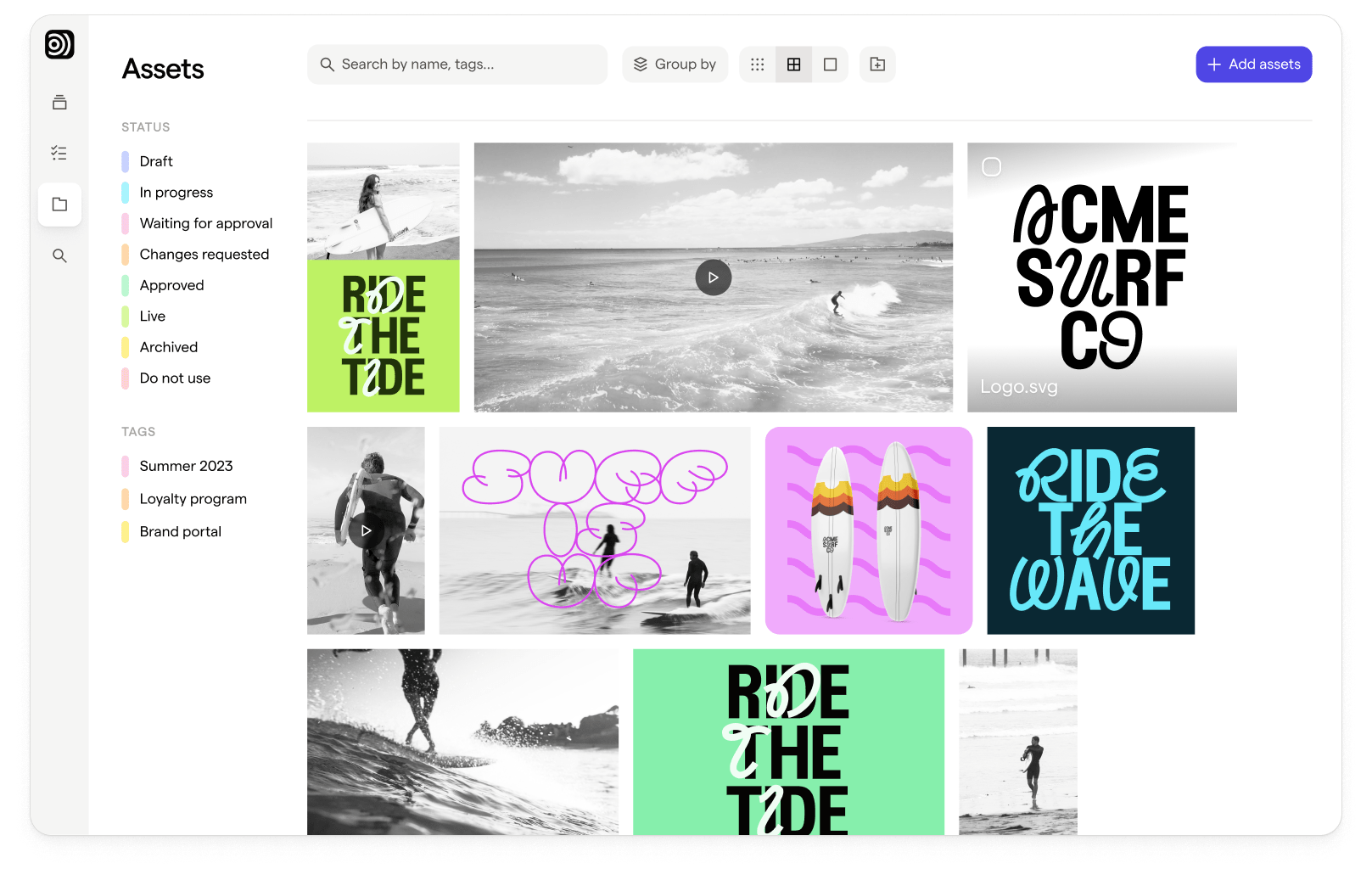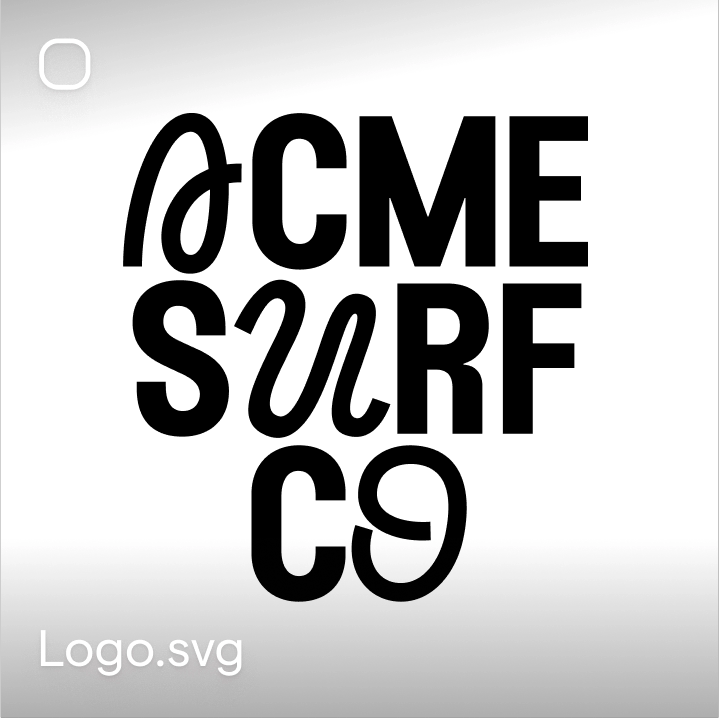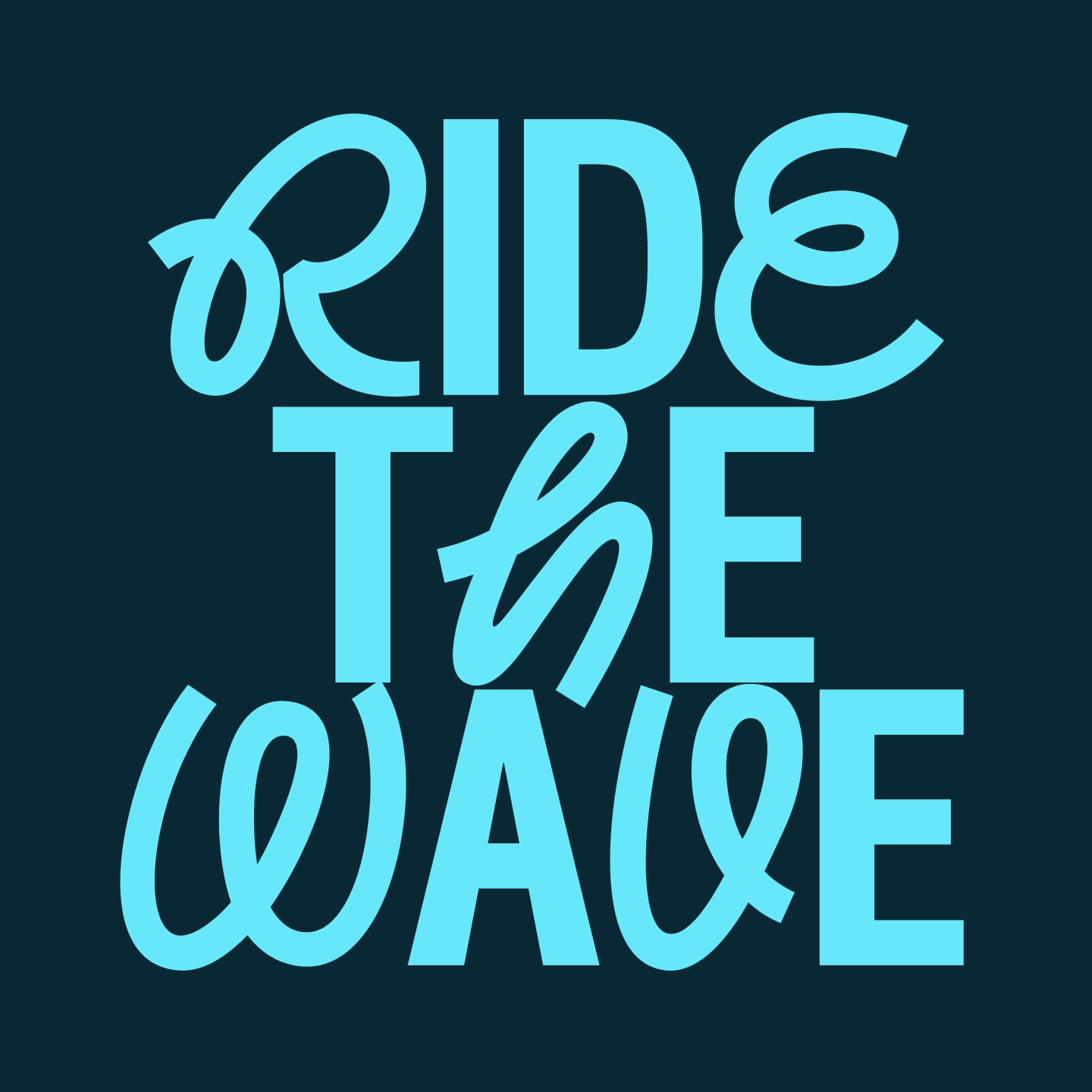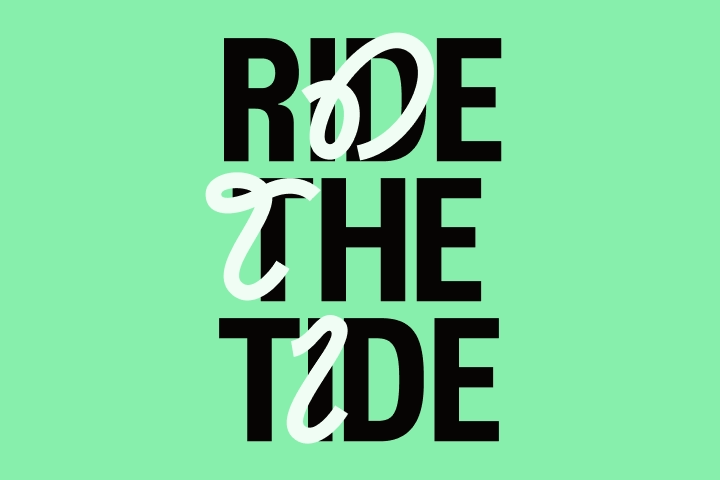The Importance of Creative Performance KPIs
Comprehending Key Performance Indicators (KPIs) is crucial for campaign performance. However, every KPI is not always equally important for all campaigns depending on their objectives and other parameters. In this blog post, you'll learn more about the most essential creative performance KPIs and what they tell you.
Understanding KPIs
What exactly are KPIs? Simply put, key performance indicators (KPIs) are specific measurable values that demonstrate how effectively a company is achieving certain business objectives. KPIs are used to gauge the performance of a variety of company operations, but in our case, we are focus specifically on ones that tell us about the effectiveness of marketing campaigns or a single creative asset.
KPIs allow for a granular understanding of campaign performance, providing actionable insights that can be used to fine-tune marketing strategies and ultimately, achieve better results. It is also crucial to learn to differentiate between the merely 'nice-to-know' metrics and the crucial 'need-to-know' metrics.
The Top Creative Performance KPIs to Track
The KPIs that stand head and shoulders above the rest are Spend, Click Through Rate (CTR), Conversions, and Conversion Rate (CVR).
Spend
If there's one KPI that you should keep a close eye on, it's Spend. In the context of marketing, Spend refers to the amount of money that has been expended on advertising. Ad platforms have become increasingly sophisticated, with the capability to dynamically allocate budget across different creatives, ensuring maximum reach and effectiveness.
CTR
CTR, or Click Through Rate, is another essential KPI to track. CTR is calculated as (Clicks / Impressions) x 100%.
CTR provides a clear indication of the effectiveness of your ads. By tracking the CTR, you can understand how well your ad message is resonating with your audience, how engaging your ad creative is, and how effectively you are driving the desired call-to-action.
Conversions
A conversion happens when a visitor to your website completes a desired goal, such as filling out a form, adding a product to cart, or making a purchase. Typically, the closer the conversion event is to the desired action you want visitors to take, the more essential it is.
It is generally recommended that you optimize for the ultimate action you want your visitors to take, but this might not always be possible for all campaigns. For example, if a single creative does not generate enough of these conversions in a given timeframe or if the ultimate action takes a long time (several days) from the ad conversion. What the recommended volume and timeframe is, depends on the ad platform you are using the creative on.
Conversions on ad platforms can be either view-through or click-through conversions. A view-through conversion means a person saw the ad and converted after seeing it, but did not click. A click-through conversion means that the person saw the ad, then clicked on it, and converted after clicking the ad.
There are two main ways to count conversions: once per event (more common) or once per page or user. For example, every time a shopper makes purchase on an ecom store, it should be counted as a purchase conversion. However, if the same person downloads the same ebook multiple times after they have landed on your website, it might not make sense to count more than one download per user.
Conversion Rate, CVR
Conversion rate is the ultimate goal of any marketing campaign, and tracking the conversion percentage it is crucial. It's important to note that each ad and analytics platform, such as Google Analytics, TikTok or Meta's Facebook and Instagram, have their own unique ways to track conversions.
The most typical ways of calculating conversion rate are the following:
- Web analytics platforms such as Google Analytics typically use a session-based conversion rate, calculated as (Conversions / Sessions) x 100%
- Ad platforms typically use either click-based conversion rate, calculated as (Conversions / Clicks) x 100% OR
- View-based conversion rate, calculated as (Conversions / Impressions) x 100%
Diving Deeper into Key Creative Performance KPIs
Like the tip of an iceberg, what you see on the surface of these KPIs is just a small part of a much bigger picture. Knowing how they are calculated is not enough – to truly understand their impact, we need to dive deeper.
Spend
"Spend" as a marketing KPI is more than just a record of the financial investment made into your advertising campaigns. It’s a crucial metric that, when properly evaluated, can provide profound insights about the effectiveness of your ad creatives and guide your budget allocation strategy.
Understanding 'Spend' involves knowing:
Where is the money being spent?
Is your budget concentrated on a specific platform, targeting a certain audience segment, or allocated to different types of ad creatives? Pinpointing where your budget is going helps identify which elements of your campaign are consuming the most resources.
When is the money being spent?
Is your spending consistent throughout the campaign, are there seasonal variations, or does the spend spike at certain times of the day? Recognizing these patterns allows for better budget allocation and planning, ensuring your ads are run when they have the maximum impact.
What is the money being spent on?
Are you investing more in video ads, display banners, or interactive ad formats? Or inside one ad set, which iteration of your creative asset performs the best? Are certain creative elements being prioritized over others? Understanding the 'what' can identify which creative strategies deliver the best value for your spend.
'Spend' as a KPI goes beyond the monetary value—it's a robust analytical tool for evaluating your ad creatives. By understanding the 'where', 'when', and 'what' of your spend, you can derive actionable insights, allowing you to optimize your budget allocation, enhance the effectiveness of your ad creatives, and maximize your ROI. By closely examining this KPI, marketers can generate important learnings, adjust their strategies, and ensure that their budget is well-utilized and delivering the desired outcomes.
Read more: Ten Rules for Building a Winning Creative Feedback Loop
CTR
A high CTR is a clear indicator of a successful ad. It means that your ad is not just reaching the right audience but also engaging them effectively. A high CTR translates to more clicks, which could lead to more conversions – the ultimate goal of your marketing efforts.
Variations in a creative asset's CTR are also very useful indicators. The most common of these is ad fatigue. Ad fatigue can usually be spotted, when the CTR of a creative asset drops significantly below its recent average. This often indicates that replacing the creative with something new can lead to an increase in performance. Depending on the ad platform and the size of your audience, ad fatigue can occur very fast. If you see signs of frequent ad fatigue, you should also look into tools such as Focal that allow you to efficiently ramp up creative production volume and diversity.
For more on ad fatigue, see: What is Ad Fatigue and Five Tips on How to Avoid It.
Conversion Rate, CVR
When it comes to conversions, it's essential to understand how attribution works. Understanding the nuances of attribution on each platform is crucial to accurately interpret your CVR data. Each platform handles attribution differently, which can significantly affect your conversion numbers.
You need to look at which CVR formula each platform uses, and how each of your conversions has been configured to activate - once per event or once per user. Furthermore, different platforms might count conversions differently based on view-through and click-through conversions and the duration from which they are counted can differ as well. It will make a huge difference in reported conversion amounts if one ad platform calculates click-through conversions for 7 days and view-through conversions for 1 day after an ad interaction vs. another platform counting click-through conversions for 30 days and view-through conversions for 7 days after an ad interaction.
The Influence of Platforms
Each platform has its own rules and regulations, its unique characteristics and quirks. But all play a pivotal role in shaping your KPIs.
Variation in Platform Metrics
Metrics can vary greatly across platforms due to a number of factors, such as different target audiences, varying ad formats, and unique algorithmic functionalities. As a result, it's important to adapt your strategy and KPIs based on the platform you are using.
Platform-Specific KPIs
Certain platforms also have their own unique KPIs. For example, TikTok uses CVR as a key performance metric. Understanding these platform-specific KPIs can provide valuable insights into the performance of your campaigns on these platforms.
Remember: Despite platform-specific metrics, it's crucial to focus on universal KPIs like CTR and Spend, as they consistently gauge performance and provide comparative insights across all platforms.
Understanding Attribution
Attribution is a complex but crucial aspect of marketing. Like a detective piecing together clues to solve a mystery, attribution helps determine which ad creative or campaign deserves the credit for a conversion.
The Complexity of Attribution
Attribution is inherently complex due to a multitude of factors, including multiple touchpoints, cross-platform conversions, and indirect conversions. Understanding these complexities can help you gain a more accurate picture of your campaign performance.
While the conversion tracking, and thus attribution, used by each specific ad platform is a very useful tool, you need to remember that ad platforms are blind to each other. If a person first clicks on an Instagram ad, then clicks on a Google Search ad, and then makes a purchase, both Meta and Google will claim to have generated a conversion, when in reality only one happened.
This is why you also need to use channel-agnostic measurement solutions.
Attribution in Practice
Understanding attribution is vital for marketers, as it determines how credit is allocated to touchpoints in the customer journey. Advanced tools such as Segment provide multi-channel attribution insights and predictive analytics, while platforms like AppsFlyer offer specific solutions for mobile app attribution. Utilizing these resources, marketers can better comprehend their campaign performance and optimize for improved ROI.
Conclusion
In essence, investing wisely in your marketing campaigns is paramount. How much you spend, and more importantly, where and when you spend, can greatly influence the success of your strategies. By closely examining your 'Spend' and other key Creative Performance KPIs, you get a clearer picture of your campaign's efficiency, allowing you to optimize your budget and maximize your returns.
Remember, the goal is to spend smarter, not just more, turning insights into actions for continual marketing success.
FAQs
What are the best KPIs for creative performance?
Spend, CTR, Conversions, and CVR are some of the key KPIs to track in creative performance.
Why is understanding Spend as a KPI important?
Spend as a KPI allows you to understand how effectively your budget is being allocated across different creatives, thus ensuring maximum ROI.
How is CVR used in TikTok?
CVR, or Conversion Rate, is used in TikTok to track the rate at which viewer actions (like clicks) turn into desired outcomes (like sales or sign-ups).
What role do different platforms play in shaping KPIs?
Different platforms have unique metrics and ways of handling attribution, thus influencing the interpretation and application of KPIs in campaign management.
What is Focal?
Focal is a creative asset management platform perfect for asset-heavy teams. With Focal, you can ship effective ads 10x faster.
Our key features are an AI-powered search for creative assets, advanced media mockups, and collaborative docs designed for marketers. All features in Focal are seamlessly connected with Slack and Figma, so you don't need to waste time on manual copy+paste.




















